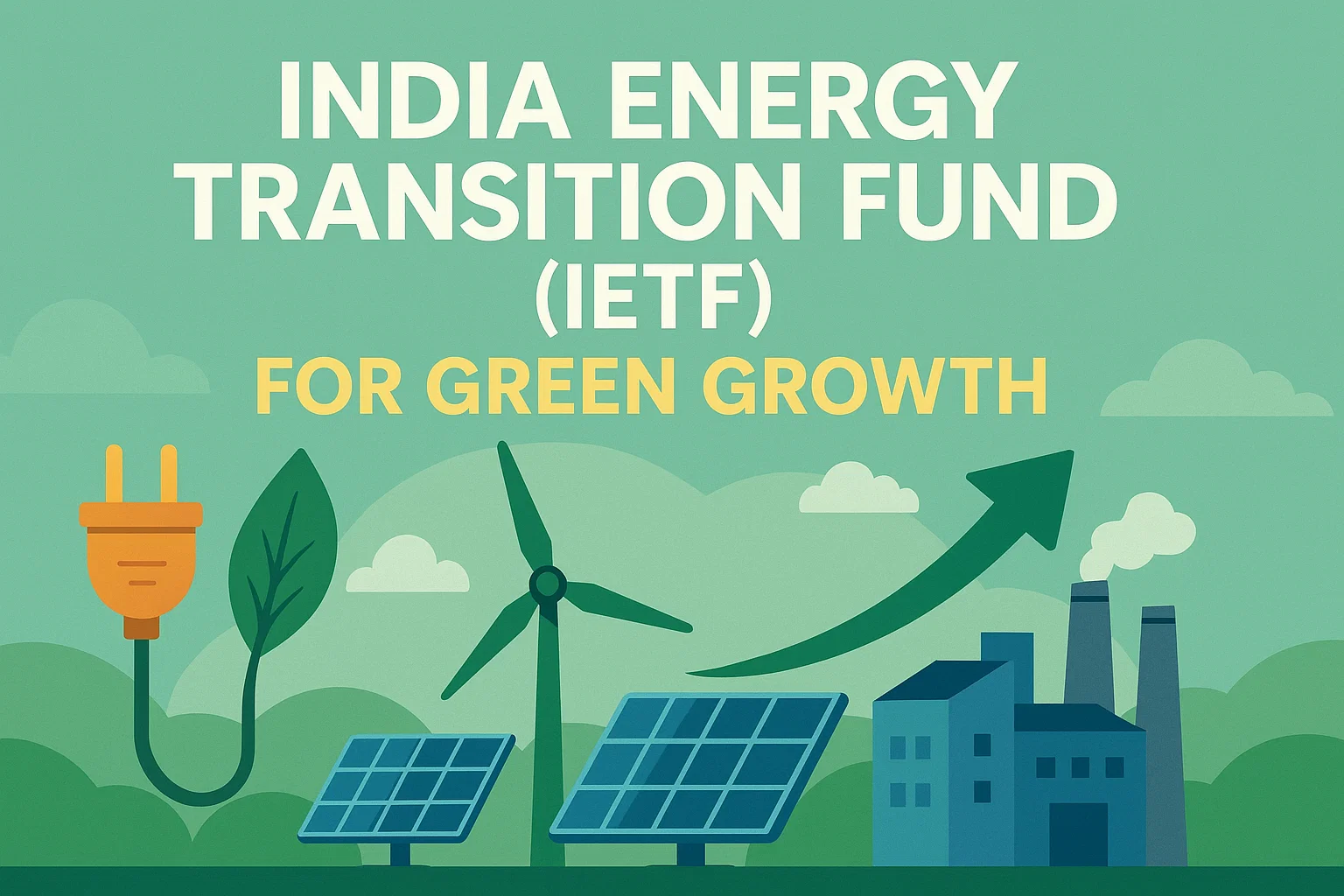Font size:
Print
Understanding Synthetic Aperture Radar (SAR) and the NISAR Mission
Introduction: SAR is a remote sensing technology that creates sharp, high-resolution images even in dark, cloudy, or smoky conditions. Instead of relying on visible light like traditional cameras, SAR uses microwave pulses to scan surfaces such as land, oceans, ice, or man-made structures.
- The system records the echoes of these pulses bouncing off various surfaces and uses advanced signal processing to reconstruct detailed images.
How SAR Works?
- The key component in SAR is the antenna used to receive the returning microwave echoes.
- Typically, image resolution improves with longer antennas. However, large physical antennas are difficult to build and maintain.
- SAR overcomes this by using a small antenna on a moving platform (like a satellite). Each pulse is received from a slightly different location due to the movement.
- By combining these echoes with precise timing and phase data, software can simulate a much larger antenna, effectively hundreds of metres long.
Advantages of SAR
- Microwaves penetrate clouds, smoke, and light rain, enabling continuous data collection, day and night, in all weather conditions.
- Mounted on satellites, SAR can map wide areas, covering hundreds of kilometres in a single pass.
- Because different surfaces (soil, vegetation, water, metal) reflect microwaves differently, SAR can detect subtle environmental changes that optical sensors may miss.
The NASA-ISRO SAR (NISAR) Mission
- On June 12, NASA announced that the NISAR spacecraft had arrived at ISRO’s spaceport in Sriharikota.
- NISAR is a joint mission between NASA and ISRO designed to study Earth using SAR technology.
- Once launched, NISAR will:
- Scan nearly all of Earth’s land and ice surfaces.
- Repeat this coverage twice every 12 days.
- Provide unprecedented volumes of environmental data, aiding research in areas like deforestation, glacier melt, soil moisture, and natural disasters.


